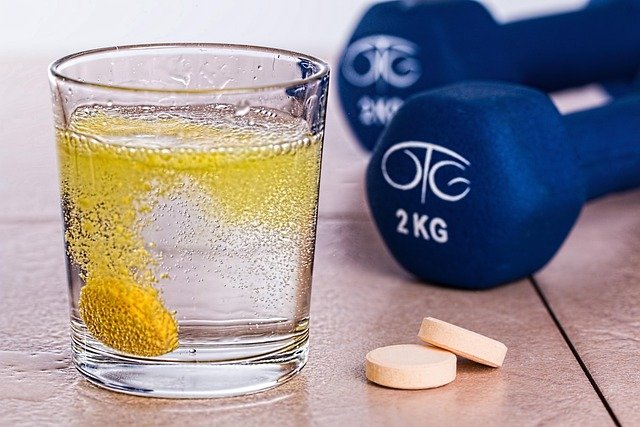Structured Recovery Protocols to Minimize Inflammation and Aid Repair
Structured recovery helps reduce inflammation and support tissue repair by combining consistent routines with targeted nutrition, movement, and rest. This overview covers practical steps—hydration, sleep prioritization, nutrition that includes protein and antioxidants, mobility work, and posture adjustments—to protect skin, restore function, and promote metabolic balance for ongoing wellness.

Effective recovery is a deliberate process that reduces inflammatory stress and supports repair across tissues, including skin and muscle. A structured approach aligns sleep, nutrition, exercise variation, hydration, and mobility work into a routine that promotes healing rather than masking symptoms. By addressing posture, metabolic support, and gradual loading for strength and endurance, recovery becomes a tool for long-term wellness rather than a reactive break from activity.
This article is for informational purposes only and should not be considered medical advice. Please consult a qualified healthcare professional for personalized guidance and treatment.
How does recovery affect skin and inflammation?
Inflammation shows up visibly on skin and internally after intense or repeated stress. Reducing systemic inflammation supports skin barrier repair and can decrease prolonged redness or irritation. Gentle movement, cooling strategies after hot workouts, and anti-inflammatory nutrients (antioxidants, omega fatty acids, and balanced protein intake) all contribute. Protecting skin with adequate hydration and avoiding excessive friction or harsh topical agents during acute inflammation also aids repair.
What role does nutrition and protein play in repair?
Nutrition supplies the building blocks for tissue repair and the cofactors for metabolic recovery. Protein supports collagen and muscle synthesis, while antioxidants (vitamin C, E, polyphenols) help neutralize free radicals produced during intense exercise and inflammation. Carbohydrates refill glycogen to support endurance recovery, and balanced meals timed around workouts can blunt excessive catabolism. Focus on whole foods that combine protein, healthy fats, and colorful produce to support both metabolism and recovery.
How do hydration and sleep support tissue repair?
Hydration maintains cellular function, supports nutrient transport, and helps clear metabolic byproducts that can prolong inflammation. Even mild dehydration impairs recovery capacity. Equally important, sleep is when growth hormone and repair processes peak; disrupted sleep hinders protein synthesis and bolsters inflammatory signaling. A routine that prioritizes evening winding down and consistent sleep patterns amplifies the benefits of hydration and nutrition on repair.
How should exercise address mobility, strength, and endurance?
Recovery protocols should include progressive loading for strength and targeted mobility work to preserve joint range and tissue quality. Strength work stimulates anabolic pathways, while controlled endurance training conditions metabolic efficiency without excessive catabolic stress. Mobility sessions—short, daily movement patterns and soft-tissue work—reduce compensatory patterns that otherwise increase inflammation. Cycle intensity and volume so strength and endurance have dedicated recovery windows.
Why focus on posture and routine for long-term wellness?
Poor posture creates uneven loading and chronic low-level inflammation in soft tissues. Integrating postural checks, ergonomic adjustments, and a daily movement routine reduces repetitive strain and supports circulation and lymphatic return. Consistency in timing—meals, sleep, workouts, and mobility—helps stabilize circadian rhythms and metabolism, which in turn refines hormonal responses to stress and repair.
Practical recovery routine and monitoring
A practical routine pairs a nightly sleep target, scheduled hydration, protein-rich meals after activity, and short mobility sessions. Example elements: 7–9 hours of sleep, 20–30 g of high-quality protein within two hours post-exercise, 30–60 ml/kg/day hydration adjusted for sweat loss, and 10–20 minutes of dynamic mobility or foam rolling. Monitor recovery through resting heart-rate trends, perceived soreness, sleep quality, and skin changes; adjust load and nutrition accordingly to avoid prolonged inflammation.
Conclusion Structured recovery protocols integrate sleep, hydration, targeted nutrition, mobility, posture, and exercise planning to minimize inflammation and support repair for both skin and deeper tissues. Regular monitoring and gradual progression of strength and endurance preserve function while reducing risk of chronic inflammatory states. When recovery is treated as a consistent practice rather than an afterthought, it improves resilience and overall wellness.





